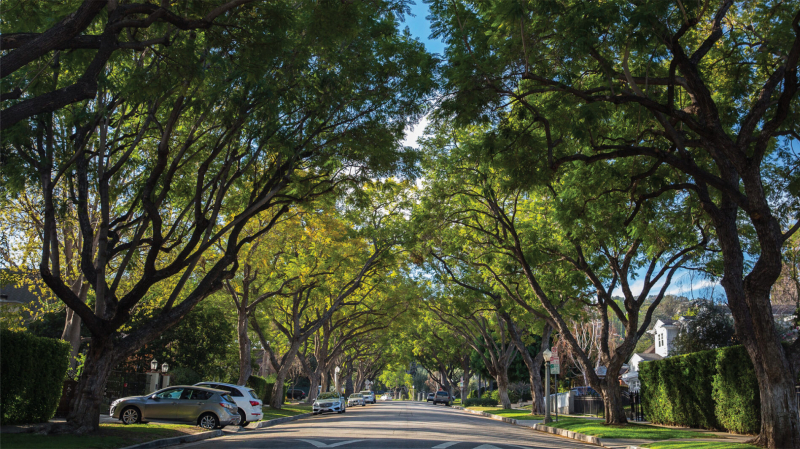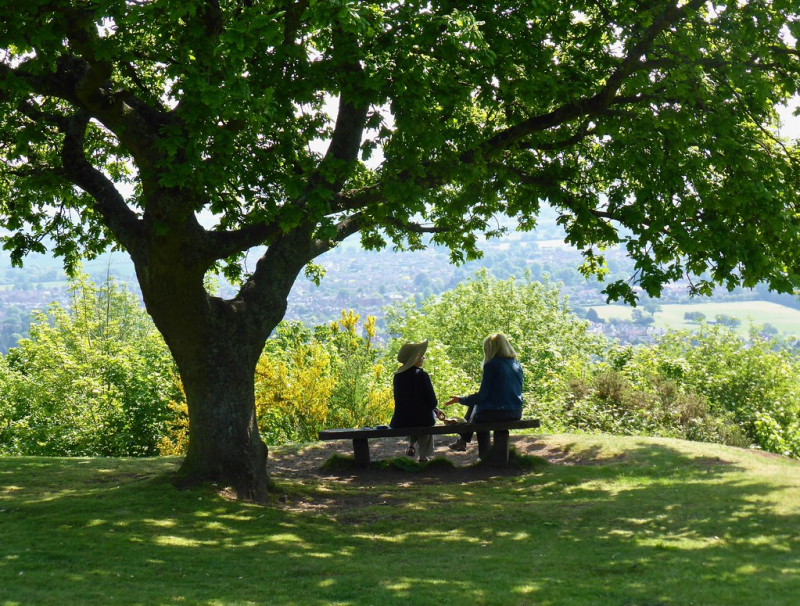Plant more shade trees in the urban area
Less sunlight reaches a city's heat-retentive surfaces as the size of the shadow canopy increases. This covers not just sidewalks and rooftops, but also the outside walls made of brick, stone, and concrete, as well as the interiors of buildings with glass siding. Large blue space regions can be protected by shade trees, and increasing blue and green space is one of the best strategies to reduce heat retention throughout the day.
There are additional benefits to urban parks and woods. Large, shaded, forested spaces in cities improve both the quality of life and the air. Louisville, Kentucky, was identified as one of the UHIs in the United States with the quickest rate of growth in a 2014 report by Georgia Tech. It also showed that the absence of trees that provide shade in many parts of the city, especially the downtown, was a significant factor in the rising temperatures. It is obvious how shade trees and heat retention are related. Therefore, more trees mean a cooler city.
Pests, blight, new development, and natural events like thunderstorms and winter blizzards are a few of the common reasons cities lose trees. According to the Georgia Tech study, enhancing the shade canopy and planting more trees is the most efficient way to lower heat buildup and the ensuing UHIs. Simply put, trees and shade provide a natural barrier against the sun's potentially harmful rays and the heat they emit.












